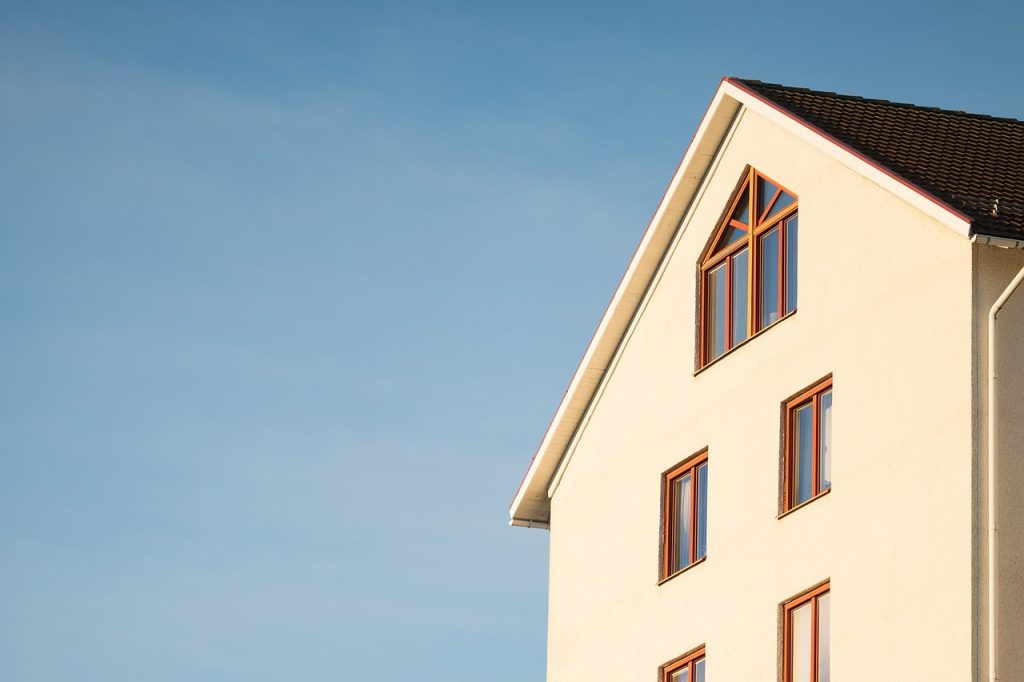Power companies in Idaho are shutting down their coal power plants and switching to solar power. The changes are due to statewide environmental policies, and power companies are investing heavily to meet them. Of course, all costs they incur will undoubtedly pass to their customers, and massive power rate hikes are expected.
Lowest in the Nation
The cost of electricity in Idaho is one of the lowest in the nation. The state ranks at the bottom 10 when it comes to electricity costs. Idahoans are spending 25 percent less on electricity than most of the nation. However, that can easily change as power companies are forced to make massive changes in their power production and transmission lines.
Boise City passed another resolution aiming for 100 percent clean electricity by 2035, and Idaho Power announced their own goal of a system-wide switch to clean energy by 2045. Idaho Power has already shut down several of its power plants. Still, it now needs to build a 190-mile transmission line that crosses Oregon and Idaho to secure enough power to meet its customers’ energy demands. The project will be costly, and Idaho Power’s customers will likely shoulder the costs.
Insulating Yourself from Power Hikes
One way to insulate yourself from the upcoming power hikes is by reducing your energy consumption and making your house as energy-efficient as possible. Insulation is one of the best ways to limit your home’s energy consumption. Proper insulation minimizes heat transfer, allowing your house to stay cool in the summer and warm in winter.

It can cut your electricity bills by up to a third as you spend less time heating and cooling your house. Energy-efficient appliances can also reduce your electrical consumption, particularly ones that use inverter technology. Newer refrigerators, freezers, air conditioners, and washers will use inverter technology, so make sure to update your appliances if they are too old.
Solar Works in Private Homes
Solar power is practically free, but not when you get it through a power company. The price of setting up a solar power system in private homes has dropped significantly, making them viable even for states with cheap electricity. It would take a 10-kW solar power system to cover the consumption of a 3-bedroom home. Such a system will cost $8,000-$12,000, but federal incentives (which end in 2022) can reduce the cost by another 22 percent.
With a proper 10-year financial plan or mortgage, you should be spending around $100 on your premiums, which should more or less be covered by the savings you get in your electric bills. Solar panels can last for 35-45 years, and most solar companies will guarantee the first 25. Even if your panels only last 25 years, they would still have paid for themselves twice over.
Idaho’s elevation also makes it an ideal place for solar power. Ultraviolet radiation (which activates solar panels) increases in concentration by 7 percent for every 1,000 feet, making your solar panels work more efficiently.
Idaho’s switch to solar will drive electricity rates up. You can insulate yourself from the price hikes by reducing your electrical consumption or producing your own electricity.







